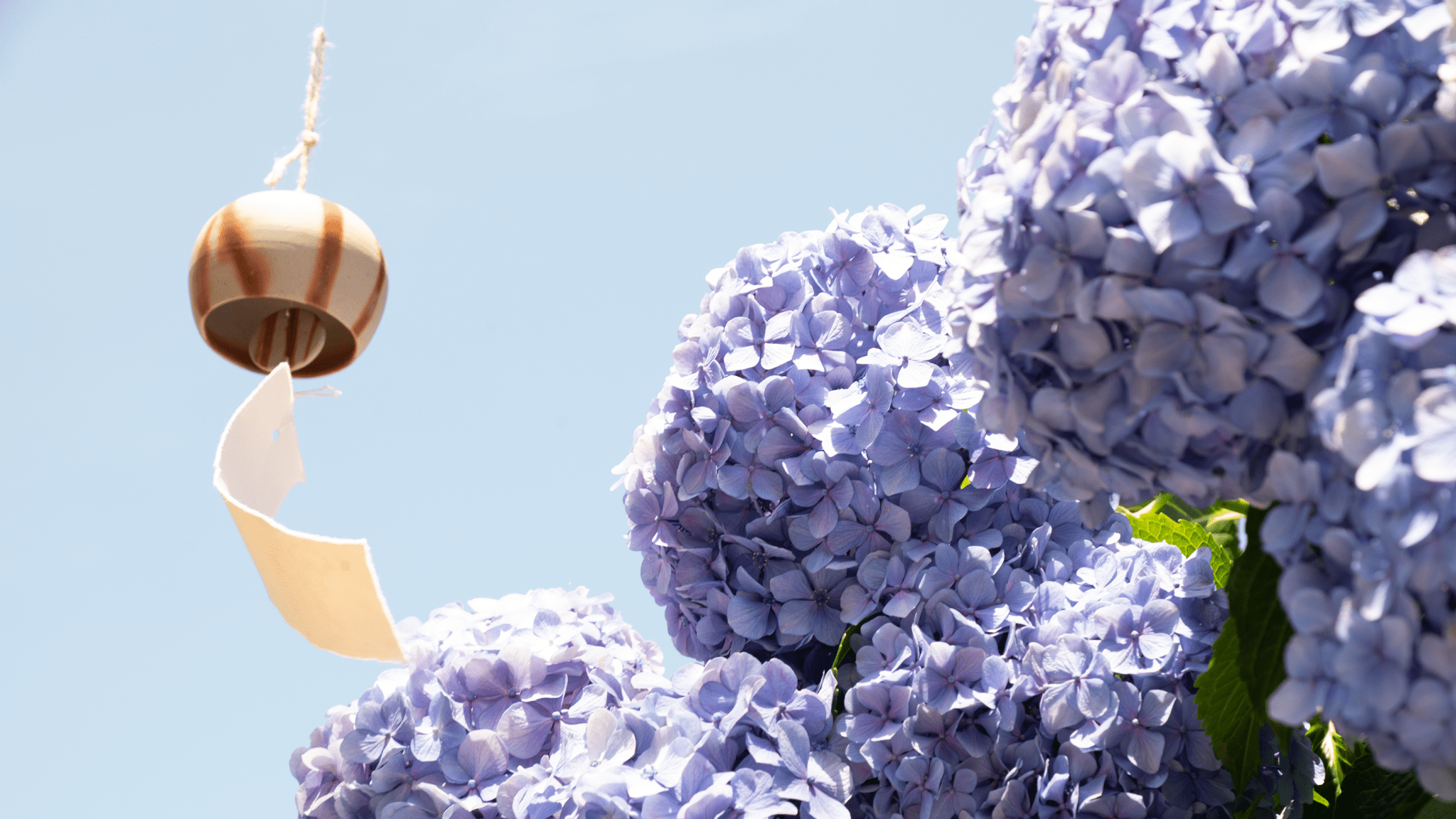
Sunlit Geshi: Observing Japan's Summer Solstice
Written by Team MUSUBI
As the longest day of the year approaches in Japan, geshi, or the summer solstice, invites quiet reflection of the upcoming hot season.
While this day may not feature the widespread practices and customs seen during its winter counterpart, toji, it marks a distinctive moment in the rhythm of Japanese seasons.
This time of year, when the sun reaches its peak, offers a unique lens through which to experience the subtleties of Japanese culture and its connection with nature. In this blog, we'll take a look at how geshi is observed, with special focus on how different regions welcome this day with various culinary traditions.
Table of Contents
The Day of Maximum Light

The above image is for illustrative purposes only.
Geshi typically arrives around June 21st each year, marking the longest day in the Northern Hemisphere. However, its exact date can slightly vary, landing anywhere from June 20th to June 22nd, a subtle reminder of Earth's intricate dance around the Sun.
The term "geshi" comes from one of the 24 solar terms of the traditional Chinese lunisolar calendar, significantly influencing the Japanese calendar and agricultural practices. While geshi is commonly celebrated on June 21st as the day with the longest daylight hours of the year, it traditionally refers to a period extending about two weeks after this date. In Japan, it is generally understood as the beginning of the summer solstice period.
As the sun reaches its highest point in the sky during this time, bathing us in maximum daylight, it marks the beginning of a long, hot summer. This period makes us acutely aware that there are still a couple of months to go before the shorter, cooler days of autumn arrive.
A Quiet Observance: The Subtle Celebrations of Geshi

Unlike toji, which is marked by widely recognized customs such as the aromatic yuzu bath, geshi passes with a more understated presence in Japan. However, this does not mean that it goes unnoticed.
At Futami Okitama Shrine in Mie Prefecture, the Geshi-sai, or midsummer festival, takes place on the day of the summer solstice. Participants wade into Ise Bay at sunrise, a spectacle enhanced as the sun ascends between the iconic Meoto Iwa, translating to “couple’s rock.” This annual event focuses on the cleansing of mind and body, embracing the natural energy of the sun on the longest day of the year.
However, for many, this seasonal event is celebrated through quieter, more personal observances. Families might take a moment to enjoy the extra daylight with a leisurely walk or a special meal prepared using seasonal ingredients. Next, let's take a look at some local delicacies enjoyed this time of year.
Seasonal Delights: Culinary Traditions of Geshi


Minazuki starts appearing in storefronts across Japan around early June, announcing the arrival of summer. In Kyoto, this traditional treat takes on special significance as it is savored during the Nagoshi no Harae ceremony on June 30th, where it's consumed to wish for health and well-being in the latter half of the year.

From the long days of geshi, Japan’s summer gracefully transitions into hangesho, beginning eleven days after the summer solstice. This period marks a crucial phase in agriculture and a time for gratitude. As we enter the true heart of summer, the festivities of Tanabata on July 7th await, inviting us to look to the night skies and enjoy a story woven among the stars.







Leave a comment
This site is protected by hCaptcha and the hCaptcha Privacy Policy and Terms of Service apply.